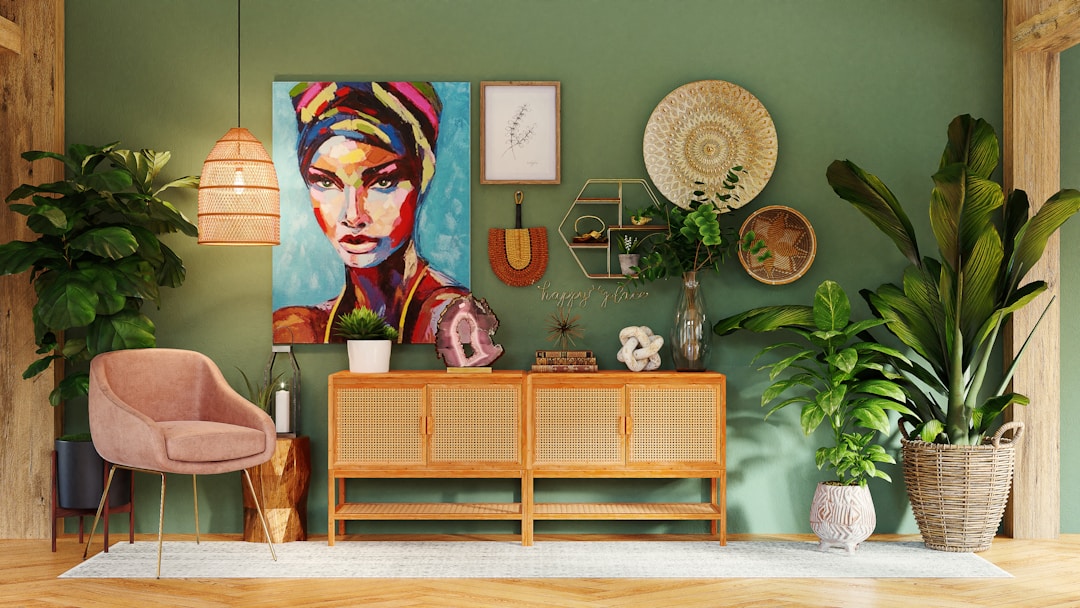Hiring an interior designer can be an exciting adventure. You’ll finally be getting the look and the feel you’ve always wanted for your home. Your home won’t just be thrown together or lived in; it will be a part of you and represent who you are as a person. You can invite people into your home knowing it means the vibe and energy you want to be associated with for your house guests.
However, hiring an interior designer can also be a significant investment, and it can take time to create the home you want, so it isn’t something you want to rush into. Here are four things you should do before hiring an interior designer.
1. Research your options.

Interior design is a creative profession, and each designer has their signature style. It is essential to research designers in your area to find an individual or company that has experience creating the looks and styles you are hoping to achieve in your home. You can start this process with a simple online search in your area. For example, if you live in the Denver area, search “interior designers in Denver” then go to their websites and look at photos of their past work.
While you might not find exactly what you are looking for, you’ll be able to narrow down your list of possible interior designers to the ones you like the most based on their past work. Once you have a shortlist, you can contact them and request a consultation appointment to learn more about their process, prices, and what they can do with your space.
2. Make needed repairs first.

Before you have your home decorated, you will need to make any needed repairs in the home. This may include fixing holes in the walls, new wiring, having the HVAC system checked or the furnace replaced. While not all of these repairs may impact the design, you don’t want to spend money on interior design and then have something ruined during home repairs.
It’s also a good time to make any upgrades you wanted. This would be the time for upgrading to a new thermostat, kitchen cabinets, or windows. Getting the upgrades done first will allow your designer to work on the new design. You don’t want to have your kitchen and dining room decorated and then decide to upgrade the cabinets messing everything else up.
3. Decide how you want to use each space in your home.

It will help your interior designer to know how each space in your home is going to be used. For example, is your living room mostly for guests? Does your family watch television a lot or are you more likely to use the room for playing games? Do you eat in the dining room or in another area? While many people may feel obligated to design rooms based on their intended needs, that is going to make the space practical for your family. Design the rooms based on how you actually use them or intend to use them. This step is critical for function and space planning.
4. Have an idea of what you want.

While you don’t have to know exactly what you want, you should have a solid idea of the colors and design elements that you prefer. An exercise that may help with this process is to go through magazines and tear out pictures of rooms that you love.
Don’t spend a lot of time at the moment trying to decide what exactly you like about the room, just tear it out and put it in a folder. Once you’ve collected a good stack of images, go through them and look at what common traits you see in all of the photos. Doing this exercise will help you identify design elements that you like that you may not have realized you liked. This will also help you choose window treatments, accessories, fabric, and floors.
It may seem odd to think you don’t actually know what you like, but a lot of people are searching for a feel when they are designing a room. It isn’t really about a vase or the color of the curtains; it’s about how you feel in your home or how guests feel when walking into your home. Your interior designer can help you create the feel you want for your home.



